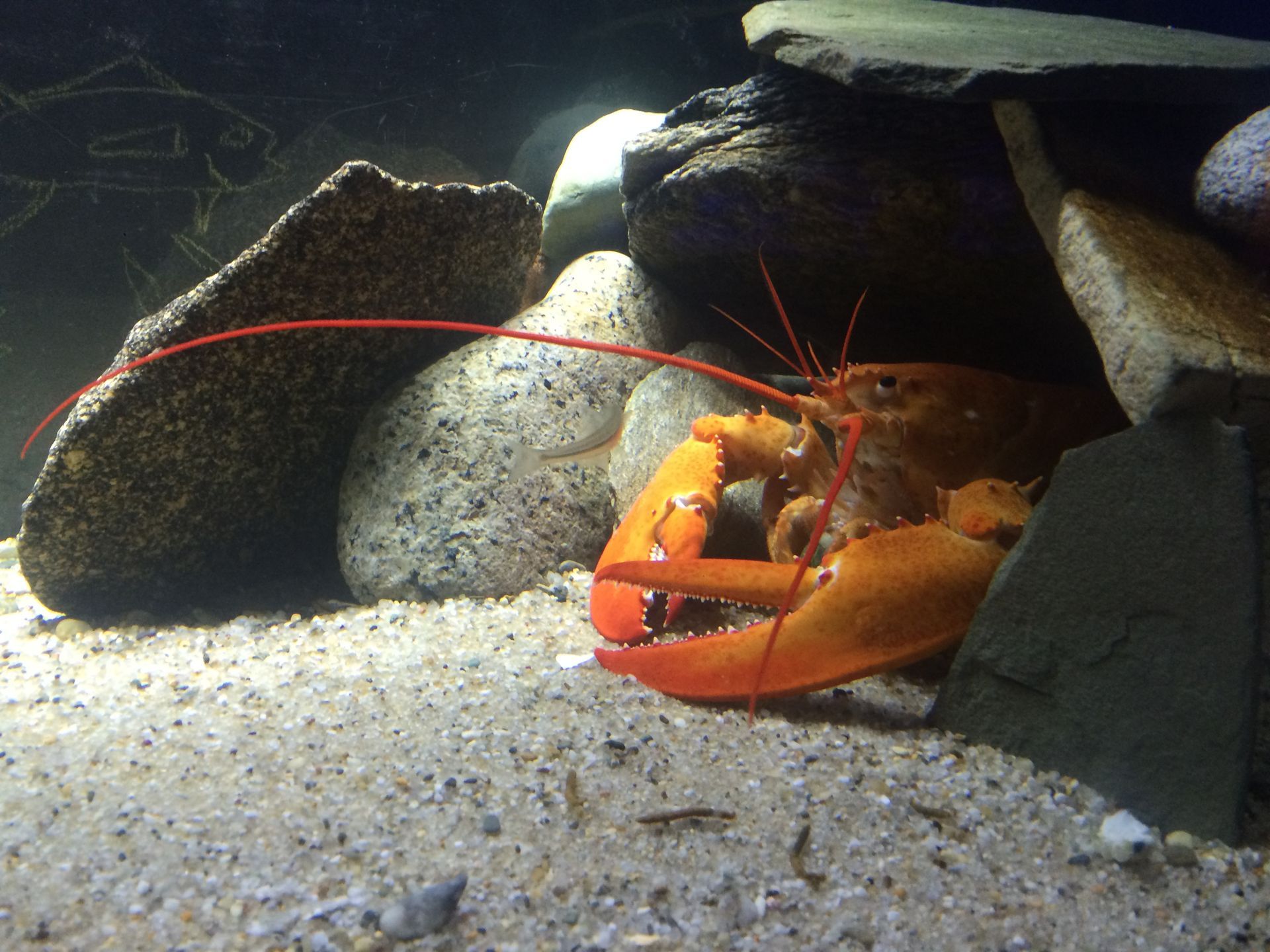How Lily of the Valley Opens Memories
The Lily of the Valley at Mitchell House is in full bloom. It is just about the earliest Lily of the Valley to make its appearance on island and at Mitchell House it lives in full, blazing sun which is fairly unusual. When you walk into the rear yard, it is all you smell. It is calming and sweet and the air is full of it. I look forward to being greeted by this heady scent and to picking tiny little bouquets of it. I am not sure how old it is – I would say at least the 1930s when the cottage was added but it could date back to the nineteenth century – at least that is what I would like to believe!
Lily of the Valley was found outside the porch of my childhood home, transplanted there by my Mother I think from the home of a close family friend. This friend – more like a great aunt to me as she was my Nana’s best friend from about the age of 10 – also had French and white lilacs blooming in her yard so our home always had big bouquets of lilacs at this time of the year – one of my favorite scents. We also had two lilac bushes in our yard – the lighter purple color. One of them was extremely tall – reaching all the way to the middle of the second floor right outside the bathroom. So, when it was blooming, you could smell it through the open window but also, my Mother would simply open the screen and lean out with her clippers to cut the blooms.
My mother-in-law’s favorite flower was Lily of the Valley. She had a bit of it along the side of the garage. She and my father in law also had a very large, old Bleeding Heart plant in the backyard alongside the fence. It was beautiful. When the house sold, my husband dug it up and brought it from upstate New York all the way to Nantucket. We were nervous that the trip and transplantation of it would bring it to an end. Supposedly, Bleeding Heart plants don’t like to be transplanted. But I am happy to report, a year later it is in full bloom and makes us happy and sad to look at it. I think it may have actually been transplanted before – from the farm where my mother-in-law grew up. Unfortunately, we will never know. I have other Bleeding Heart plants in the yard at home but the New York one is much heartier – I think given its age and because the strain is more pure.
I also grew up with Bleeding Heart plants in the yard. And one we had was also a transplant. It was given to my Mother by a woman who worked at the butcher shop she used to shop at when we were young. It’s amazing how simple things, even a plant, can bring up so many happy memories of people, events, places, and seasons.
JNLF
Recent Posts





